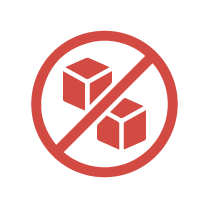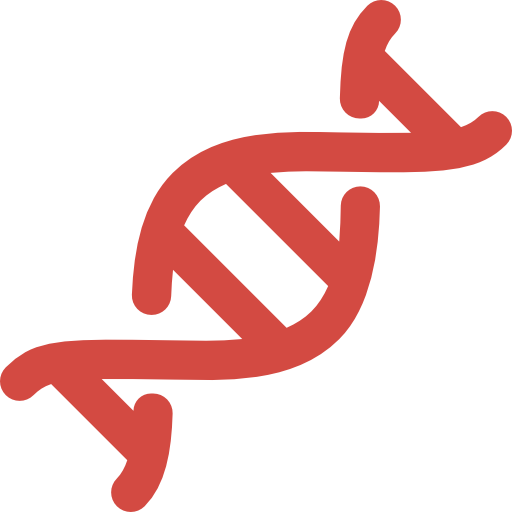 In the past year, shares of one of the world’s largest manufacturers of sweeteners, have nearly doubled in price. And sugar has had nothing to do with it. The company sold came up with something much more profitable: sucralose, also known as Splenda. The sweetener is sold in yellow boxes and sachets with royal-blue script reminiscent of Domino’s packaging. “Made from sugar, so it tastes like sugar,” the slogan claims, but like all other sugar substitutes, sucralose was born in a laboratory. The country’s entire supply is produced in one well-guarded and famously secretive facility in Alabama, where truckloads of common table sugar are shipped in weekly, to be modified via a complex chemical process involving chlorine and phosgene gas. The result is so intensely sweet that Tate & Lyle has to cut it with 600 parts filler to approximate a natural sweetness.
In the past year, shares of one of the world’s largest manufacturers of sweeteners, have nearly doubled in price. And sugar has had nothing to do with it. The company sold came up with something much more profitable: sucralose, also known as Splenda. The sweetener is sold in yellow boxes and sachets with royal-blue script reminiscent of Domino’s packaging. “Made from sugar, so it tastes like sugar,” the slogan claims, but like all other sugar substitutes, sucralose was born in a laboratory. The country’s entire supply is produced in one well-guarded and famously secretive facility in Alabama, where truckloads of common table sugar are shipped in weekly, to be modified via a complex chemical process involving chlorine and phosgene gas. The result is so intensely sweet that Tate & Lyle has to cut it with 600 parts filler to approximate a natural sweetness.
From Article by by Jocelyn Selim in DISCOVER MAGAZINE the August 2005 issue; published online August 6, 2005



























